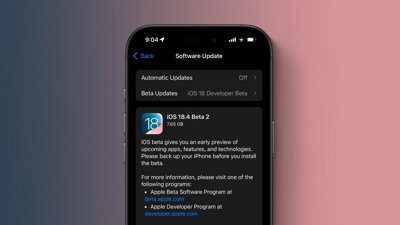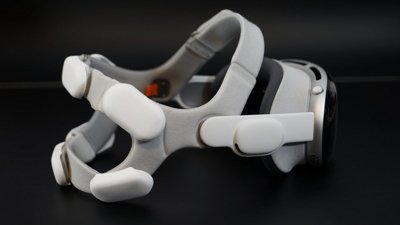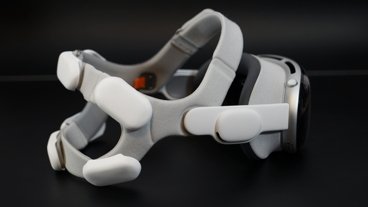A new implant is now in the clinical trial phase, and it grants a user the ability to use their brain to control their iPhone or iPad with their thoughts.
The technology works similarly to other accessibility features, such as alternative switches. However, instead of registering a tap of a foot or a nod of the head, it registers the user's brain waves.
In an article by Semafor, spotted by 9to5Mac, we learn about Rodney Gorham, a retired software salesman in Australia.
Gorham has amyotrophic lateral sclerosis, or ALS, a nervous system disease that severely impacts physical function. He's also one of six people using a device called a "Synchron Switch."
Created by Synchron, the Synchron Switch works with an array of sensors inserted, known as the stentrode, into the brain via a blood vessel. The switch itself is controlled wirelessly from the patient's chest.
When Gorham thinks about tapping his foot, his iPad registers it as a finger tap on the screen.
Gorham can control his iPad with his Synchron Switch, allowing him to send single-word text messages.
"We're excited about iOS and Apple products because they're so ubiquitous," said Tom Oxley, Synchron's co-founder, and CEO. "And this would be the first brain switch input into the device."
Synchron is the first company to gain FDA approval, and the technology could be seen as a boon for patients with severe mobility limitations.
 Amber Neely
Amber Neely








 Christine McKee
Christine McKee
 Marko Zivkovic
Marko Zivkovic
 Mike Wuerthele
Mike Wuerthele


 Sponsored Content
Sponsored Content
 Wesley Hilliard
Wesley Hilliard










16 Comments
This looks pretty cool.
Except in rare circumstances this capability would be disastrous. Show me 10 people who can concentrate consistently on anything to make this do half of what a person can do with their finger or voice. I know I wouldn’t be able to control something like this without messing up 9 out of 10 thoughts. I’m thinking about too many random things all the time for any neuro computer to figure out what’s the most important thing I’m thinking of.
And with a little tweak, the control can be reversed...
Although phones are pretty good at controlling people already.